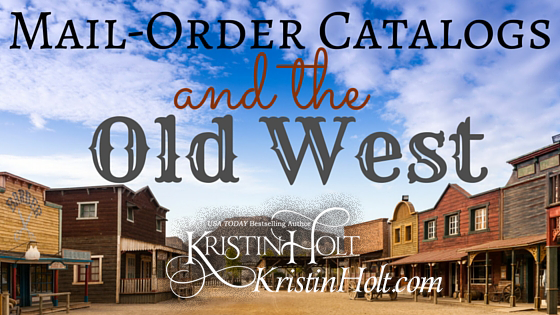
Mail-Order Catalogs and the Old West
How did 19th century folks go about ordering something from Montgomery Ward or Sears, Roebuck & Co. catalogues? How was payment sent? What about delivery options?

How did 19th century folks go about ordering something from Montgomery Ward or Sears, Roebuck & Co. catalogues? How was payment sent? What about delivery options?
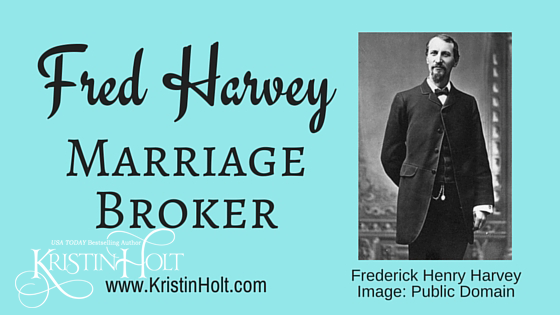
Frederick Henry Harvey recognized a need along the railway lines–good quality food, comfortable accommodations, and sterling service. He’d worked as a mail clerk on the railroad and discovering the unmet needs of travelers, opened his restaurant business in the 1870’s. By 1883, he replaced male waiters with young ladies whose impeccable appearance and gracious service increased Harvey’s business from local men. Courtships ensued (restricted to the “courting parlor” in the women’s dormitories), marriage occurred–but not until the minimum of one year of service to the company was met. Fred Harvey is credited with much more than quality food and entrepreneurship in the Southwest, he single-handedly brought about the civilizing of the west by importing more “brides” than any other “agency”.
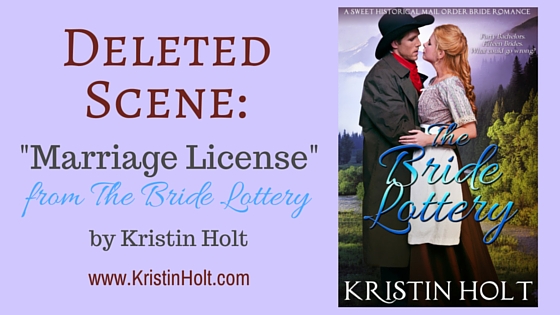
I share a full scene that didn’t make it into the finished novel: The Bride Lottery. I’ll explain why this scene was cut from the final version during editing.
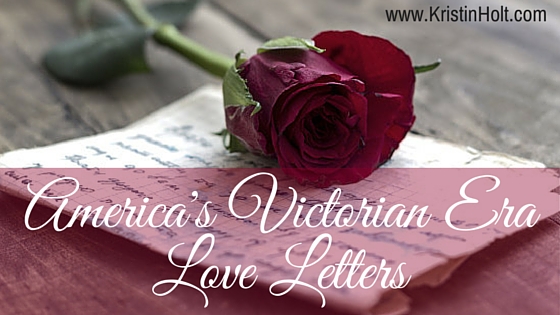
Fans of Mail Order Bride historical romances know that many of these marriages of convenience involved letter-writing for a couple to become acquainted and perhaps eventually marry. The curious thing is that writing and love letters between a courting couple wasn’t a phenomenon for those separated by distance. Couples in the Victorian-Era United States often sent love letters to one another as part of their courtship, even when the other party resided nearby.
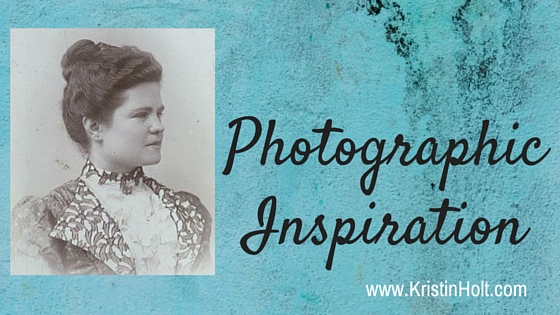
One of my favorite sources of inspiration is antique photographs. Who were these people? The possibilities seem endless. The images are unlabelled without so much as a year or a photographic studio imprint. That’s where imagination must take over.